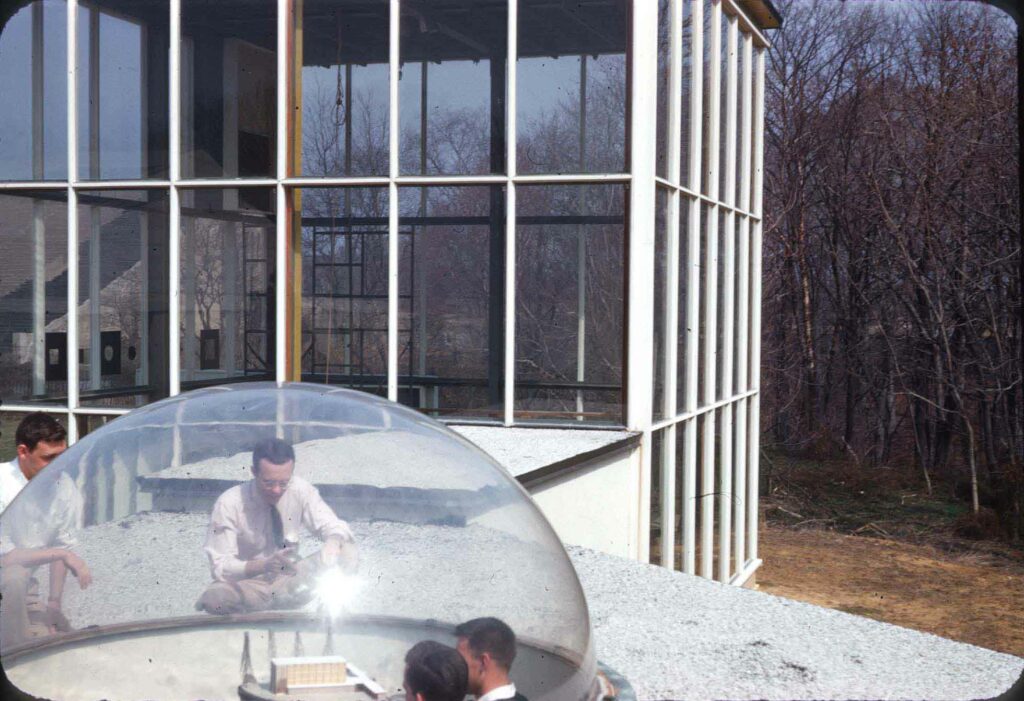
Architectural historians and theorists commonly assume that defining architecture inevitably implies the concept of space. However, their view on how the concept of space developed in the twentieth century suffers from myopia. Most attention has been drawn to the modernist celebration of space as the essence of architecture, which reached its culmination in the 1940s. Postmodern contributions, surfacing in the 1970s, rejected this essentialist definition of ‘architecture as space’ and instead installed a pluralistic understanding of spatiality, recognizing a multiplicity of spaces. That triggers a question: what happened during the interval between those two distinct phases? How and with which effect did the postwar world engage with the notion of space? To answer these questions, this project focuses on the role of émigré intellectuals and architects importing ideas into the postwar American educational context. This project wants to show that, although the modernist mission had indeed lost its cogency, the spellbinding concept of space continued to drive visions and experiments as various émigrés were pushed into different collaborative contexts and encountered different artistic media. Two paths of analysis will be followed: (I) the initiation and adaptation of concepts of space in varied didactic contexts (architectural laboratories, classrooms, lectures); (II) the interaction between different artistic media (architecture, cinema, painting, installations).
Financed by the BOF-KU Leuven
Supervision: Rajesh Heynickx, Filip Mattens and Stéphane Simons
